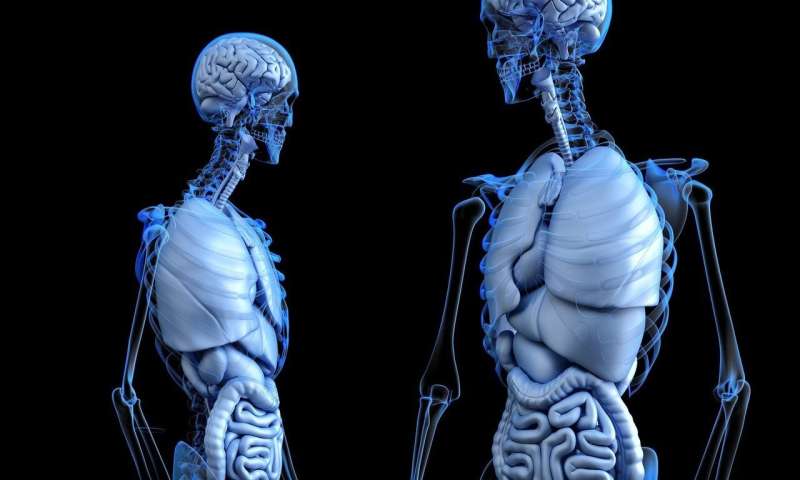To increase organs available for transplant, reassess organ procurement organizations' metrics

Organ procurement organizations are a critical component in organ transplantation in the United States. But, what makes an organ procurement organization high performing and obtaining much needed organs to those awaiting a transplantation?
In a new paper, published in JAMA Surgery, researchers found the metrics used to rank organ procurement organizations don't create an even playing field for organizations, and lead to inaccuracies.
"The 58 organ procurement organizations throughout the U.S. coordinate placing organs from deceased donors with recipients," says Neehar Parikh, M.D., senior author of the paper and an assistant professor in the divisions of gastroenterology and hepatology at Michigan Medicine. "The organizations are evaluated by their efficiency in procuring organs and getting them to recipients by a variety of metrics, including eligible donors, donor demographics, donors per death and more."
Analyzing metrics
Parikh says the research team analyzed national organ transplant data from 2008 to 2017 and found a wide variation in organ procurement organizations' efficiency.
"High performing sites were pretty variable depending on which metric you chose," Parikh says. "Donors that do not meet eligibility criteria explained a large part of this variance. There was also variance in donation by race and ethnicity, which highlights the disparities in donation that may be due to lack of consent or other biases that may underutilize these organs."
The team proposed a combination of three metrics that would give a more accurate and equitable representation of organ procurement organization performance.
"The three metrics we are suggesting are donors per death, eligible donors per eligible death and eligible donors per donor, or the donor eligibility rate," says Luke DeRoos, lead author of the study and a Ph.D. student in the University of Michigan College of Engineering.
The researchers defined donors per death as the percentage of the population that donates an organ when deceased, while eligible donors per eligible death is a similar rate that only considers individuals that meet a list of broad health criteria.
"Since many organ transplants successfully use 'ineligible' donors outside of these health criteria, the donors per death and eligible donors per eligible death metrics can appear very different," DeRoos says.
The research team also noted that transplant centers use ineligible donors at vastly different rates, as demonstrated in the donor eligibility rate, which measures the percentage of donors that meet all health criteria. The researchers say this rate can highlight which centers have consistently identified traditionally ineligible donors as good candidates for donation, which could lead to best practice sharing.
"By using a consistent definition of eligibility and comparing these metrics against each other, you gain more advanced insight into how eligibility definition greatly impacts the procurement organizations' overall ratings," DeRoos says.
Parikh adds, "These complimentary metrics would give a better picture of how the organizations are performing, and could allow for quality improvement with the goal of increasing the number of organs available for transplantation."
Future evaluation of organ donation system
The research team hopes this study will help with overall evaluations of the national organ donation system.
"We have a collaborative research group with the U-M College of Engineering and the U-M School of Public Health that is interested in exploring the national organ donation system and ways to improve it," Parikh says.
The Centers for Medicare & Medicaid Services announced new organ procurement metrics in November 2020. They will now use the number of transplanted organs from an organ procurement organizations' donor service area as a percentage of inpatient deaths among patients 75 years old or younger, and with a primary cause of death that is consistent with organ donation.
"There have been efforts by the federal government to evaluate and overhaul the organ donation system, as evidenced by the recently announced change in the way organ procurement organizations will be evaluated," Parikh says. "Our findings give a snapshot in the variance in performance depending on which metrics you choose."
More information: Luke J. DeRoos et al, Assessment of National Organ Donation Rates and Organ Procurement Organization Metrics, JAMA Surgery (2020). DOI: 10.1001/jamasurg.2020.5395

















